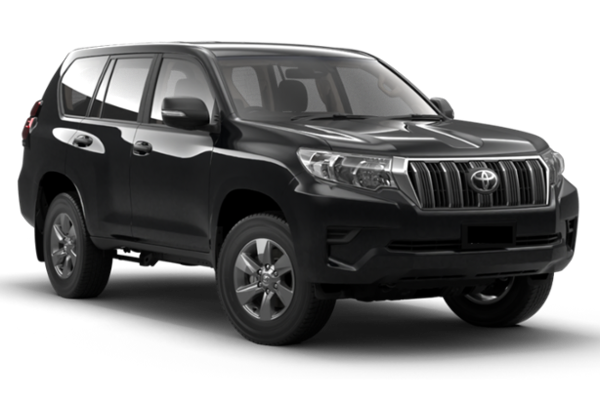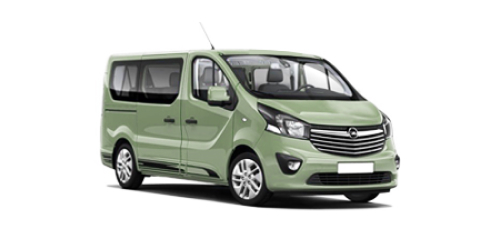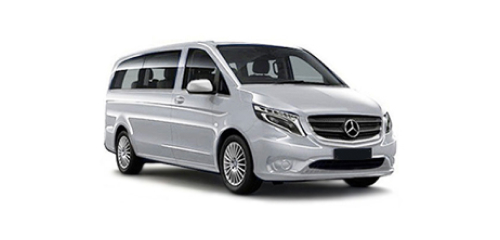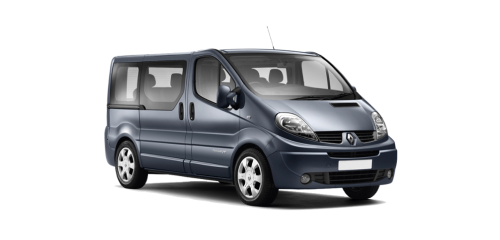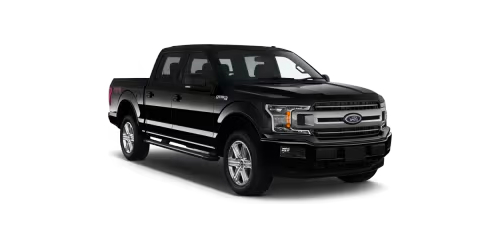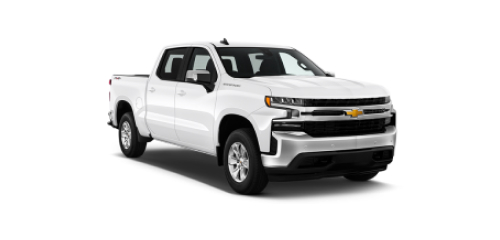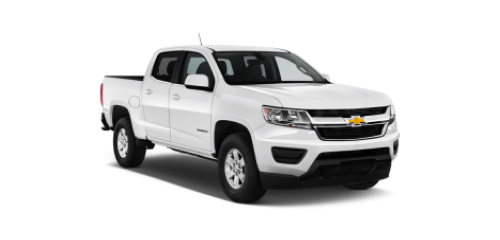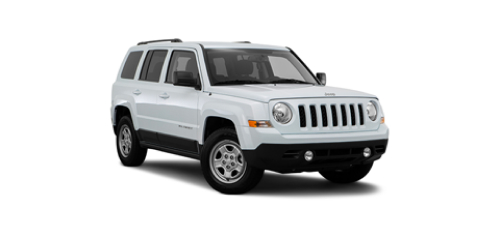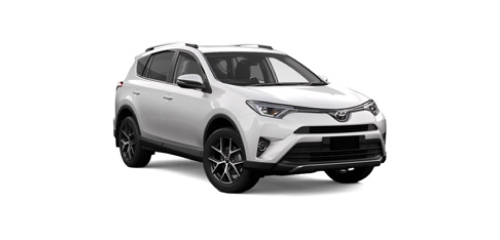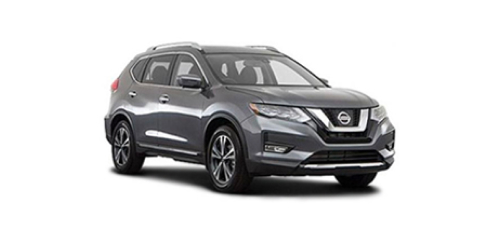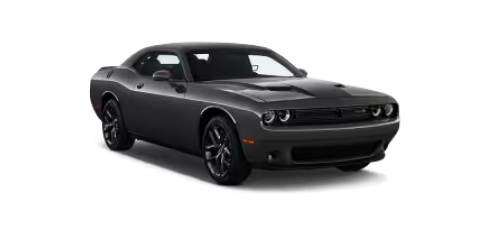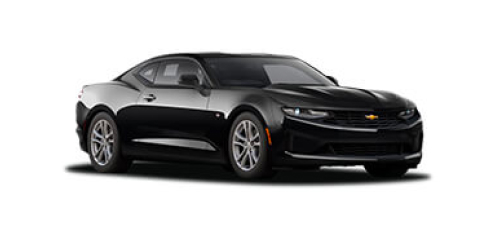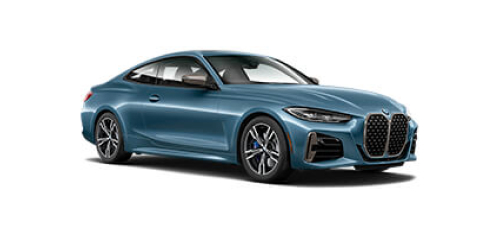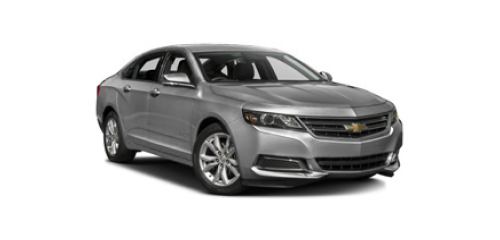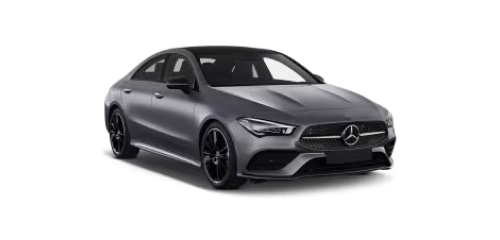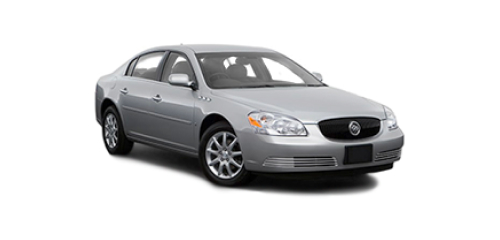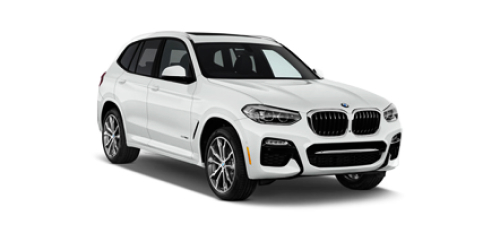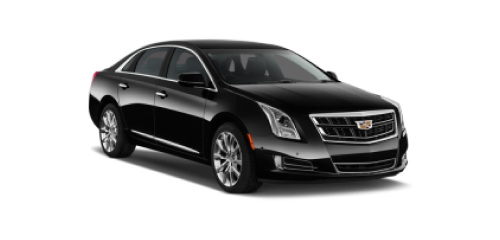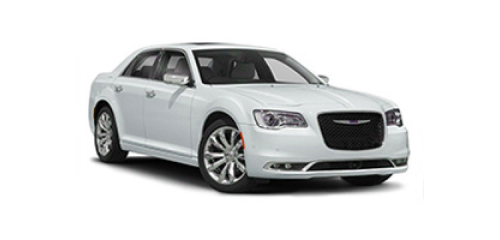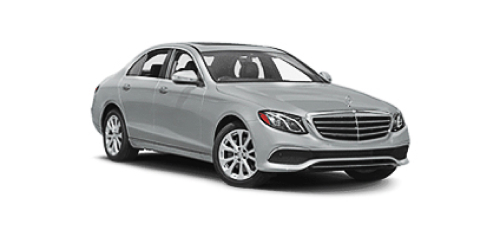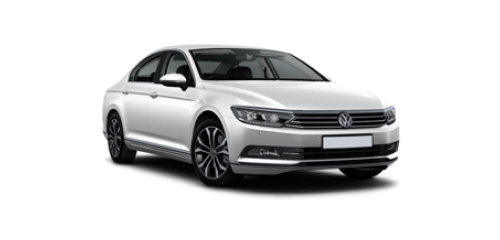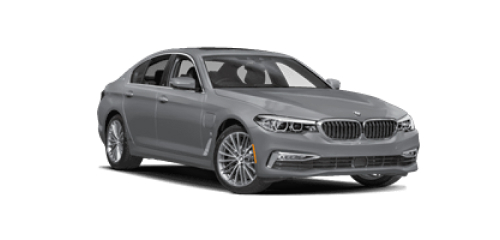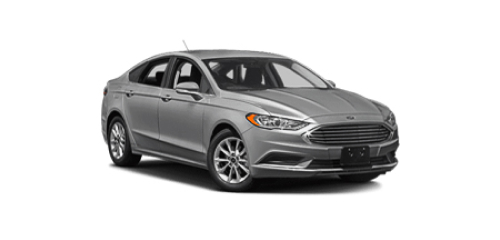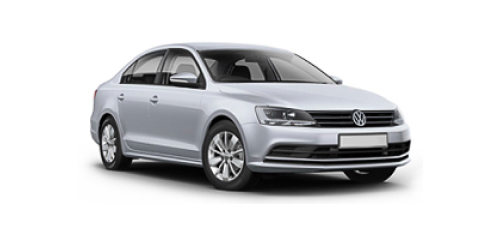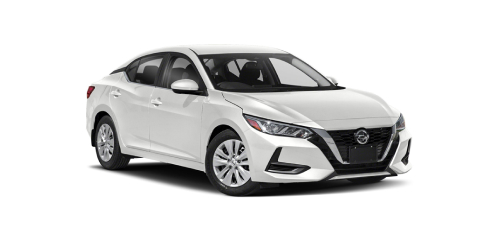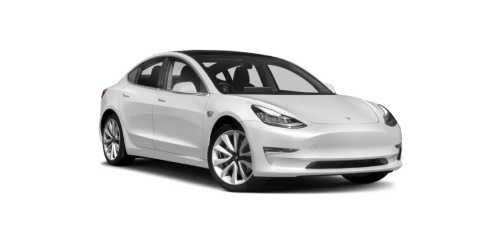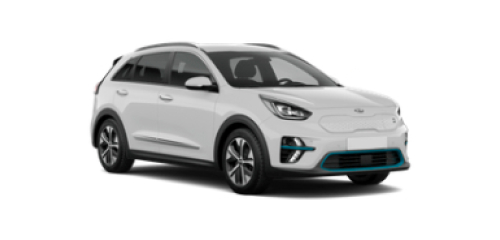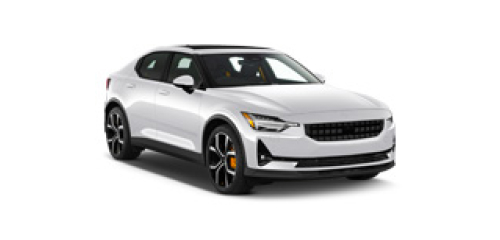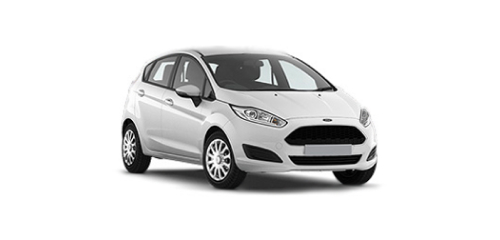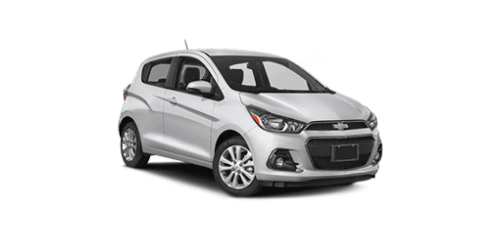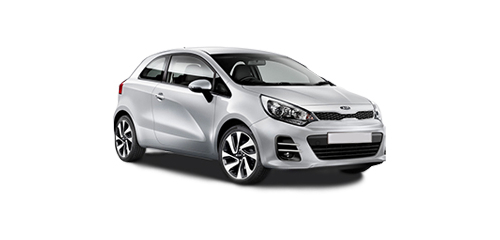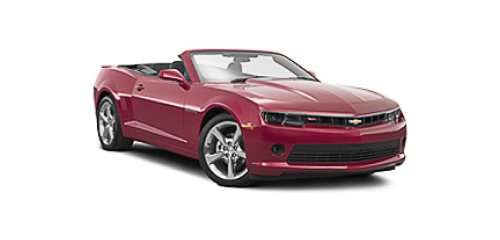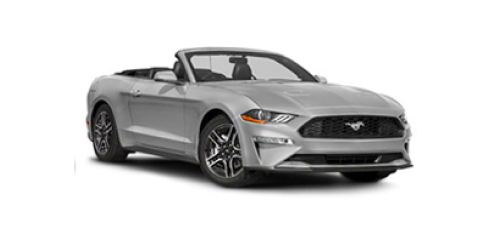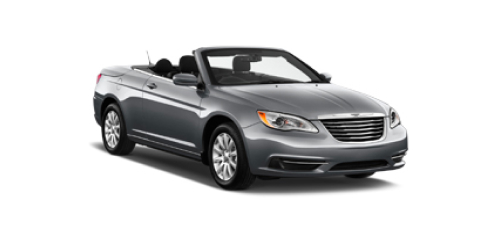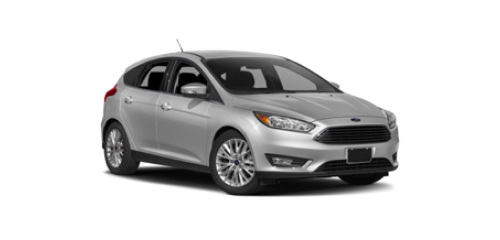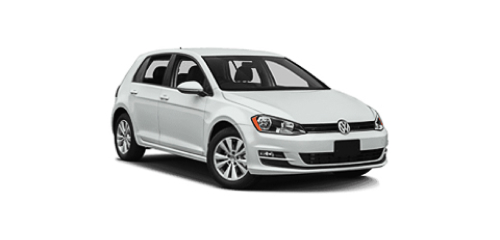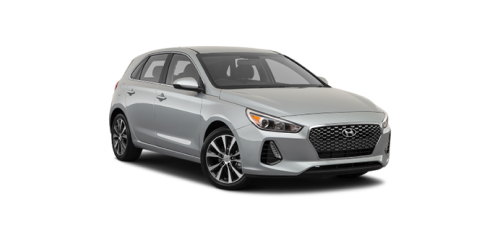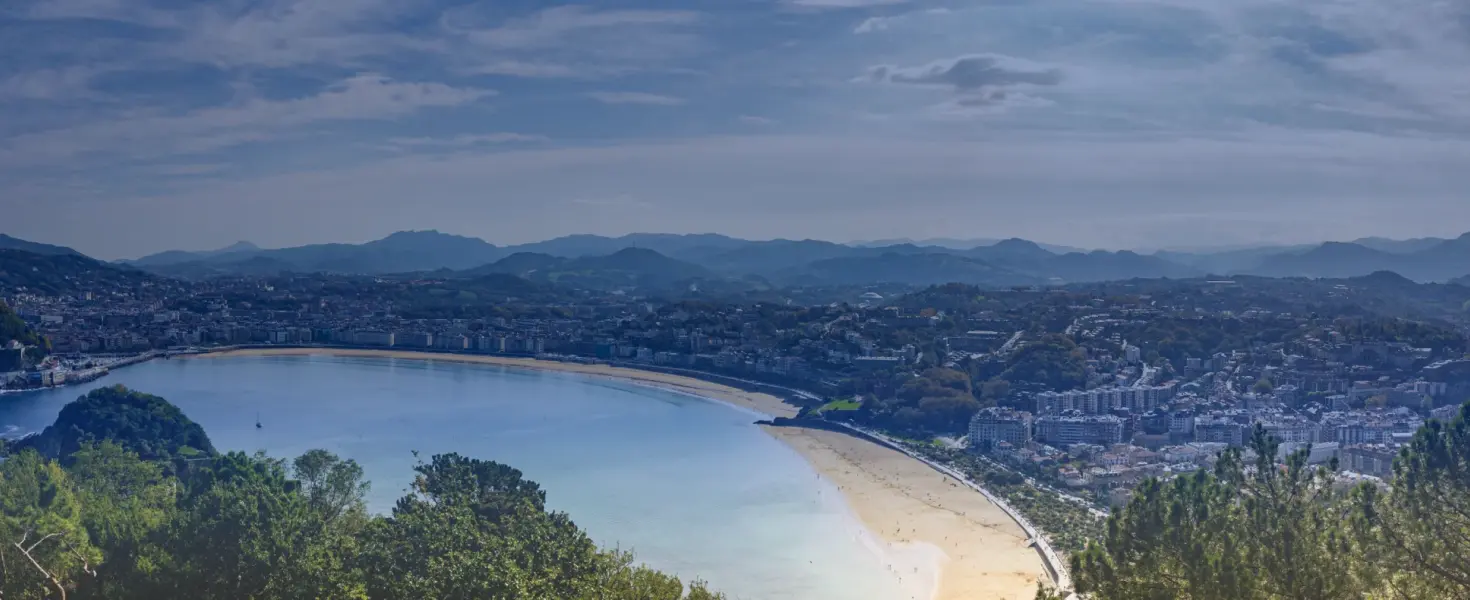
Car rental in Dominican Republic
- Secured payment guarantee
- 4 million users
- Multi-language support
- Booking of any class cars
- 800 providers worldwide

Car Rental in the Dominican Republic: Diversity and Beauty of the Caribbean
The Dominican Republic is one of the most culturally and naturally diverse Caribbean nations, with both rugged and smooth white coastlines, all-night merengues, beautiful jungles interspersed with waterfalls, and an often visible architectural and archeological legacy that even predates Christopher Columbus’s devastating arrival in 1492. Don’t make the mistake of getting stuck in one of the Dominican Republic’s many resorts! Rent a car to explore the offerings of this multifaceted nation at its fullest.
Most tourists flock to the Dominican Republic from December to February and July to August. If you’re a whale-lover, you’ll definitely want to visit from mid-January to mid-March. Hurricane season runs from June to December, so avoiding the eastern tip of the country is recommended during this time of year, though this is the time when the interior is at its most beautiful!
The national language is Spanish, though many Dominicans have spent some time in the US and also speak good English.
The currency is the Dominican peso, which is readily available for exchange from euros and US dollars at any airport. It may be difficult to exchange back into your domestic currency from pesos after you leave the Dominican Republic, so exchanging before you leave is recommended.
There are an overwhelming number of points of entry to the Dominican Republic. You can fly into and pick up your rental car at any of the following airports:
- Samaná Airport (AZS), on the northern coastline, 2 hours north of Santo Domingo
- La Romana Airport (LRM), 2 hours east of Santo Domingo
- Gregorio Luperón International Airport (POP), on the northern coastline, 3.5 hours northwest of Santo Domingo
- International Airport Punta Cana (PUJ), on the eastern tip of the island in Punta Cana, 2.5 hours east of Santo Domingo
- Las Américas International Airport (SDQ), an hour southeast of Santo Domingo
- Cibao International Airport (STI), 2 hours northwest of Santo Domingo in Santiago
You can also pick up a rental car in the major cities of Santo Domingo, Punta Cana, Santiago, and Puerto Plata.
Driving in the Dominican Republic
Roads are in fairly good shape in the Dominican Republic, particularly highways and toll roads, though keeping an eye out for pedestrians, motorbikes, reckless drivers, and large potholes is necessary. Plan on being very alert whenever driving, and otherwise, enjoy the ride through this beautiful country!
Right-Hand Driving
- Traffic drives on the right-hand side of the road in the Dominican Republic.
- Unless otherwise marked, after coming to a full stop at a red light, you can turn right from the right lane if there is no oncoming traffic.
- Sometimes traffic in the roundabout or traffic circle will give way to traffic approaching the circle. Be alert and follow suit.
Speed Limits
- In cities and villages: 40 km/h
- On highways: 120 km/h
- On other roads: 80 km/h
- You can expect heavy traffic at morning, noon, and evening rush hours in all major Dominican cities.
Other Regulations
- Parking is fairly unregulated throughout the Dominican Republic, though you may need to pay a fee to park in larger cities.
- Tolls are charged on all of the Dominican Republic’s highways. Highway DR-7 is a particularly well-maintained toll road that extends from just east of Santo Domingo northwards toward Sanchez.
- Your domestic driver’s license will be valid for driving in the Dominican Republic for a total of 90 days. You must carry it and your passport with you whenever driving.
- While the minimum driving age in the Dominican Republic is 18, you will have to be at least 21 years old to rent a car, if not 25.
- In lieu of a visa, most nationalities will purchase a tourist card for 10 US dollars when they arrive in the Dominican Republic. Double-check entry requirements for your country before you leave, as some nationalities may have to apply for a visa before they arrive.
- You are not permitted to travel to Haiti with a car rented in the Dominican Republic.
Other Tips
- Driving at night is not recommended, as many locals travel by foot or poorly lit automobile, and accidents are highly likely.
- If you’re pulled over by the police for a reason that seems fairly unwarranted, try negotiating your way out of significant fines.
- Road signs are often far and few between. If you’re lost or confused, ask the locals, and you may find that a motorbike will guide you the rest of the way to your destination.
- Honking horns in the Dominican Republic is a typical practice to let other drivers know where you are. Feel comfortable joining in!
- Car insurance costs are often quite high if you don’t have insurance that applies in the Dominican Republic. Consider downloading a scanning app to your mobile phone to allow you to keep records of rental car documentation.
Explore popular cities with our best car rental in Dominican Republic
Experience the top locations with cheap car rental in Dominican Republic
Discover the cheapest car rental in Dominican Republic
* Disclaimer: Prices displayed may not reflect today's rates.













